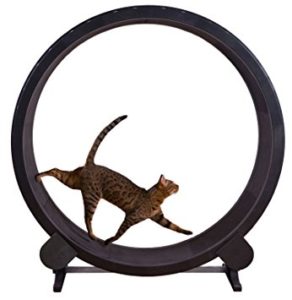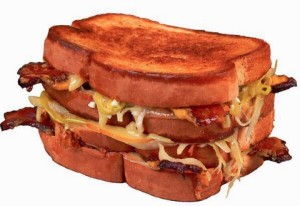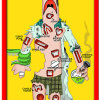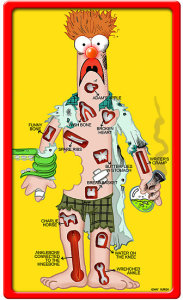
Jazz tune writer’s block? We all know the feeling. In fact, I’ve also been in a massive blogging dry spell, having taken over a year off from this site. But in the spirit of this post, it only seemed fitting to blog about the idea of having no good ideas. Here are a few jump-starters to get cooking on your next tune when that elusive, perfect melody just isn’t coming to you.
1. Harmony Can Lead to Melody
For a long time I was embarrassed to retrofit melodies to the harmonies I would plunk out at the piano. Somehow the origin of my melodic content felt shameful and insincere, since I felt strongly that harmony served to reinforce melody, and not the other way around.
Upon reflection, however, I realize that revealing the perfect line over a set of chord changes is perhaps the very most natural and satisfying means for a improvisation-focused musician to compose. Think about it: we are “spontaneously composing” melodies all the time while playing over changes. So why not sit down until you’ve come up with a compelling progression, devise something lyrical that fits over it, add a pinch of rhythmically-engaging accompaniment, and call it a day?






